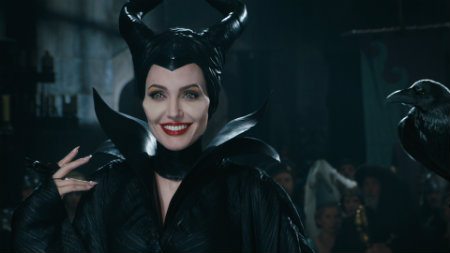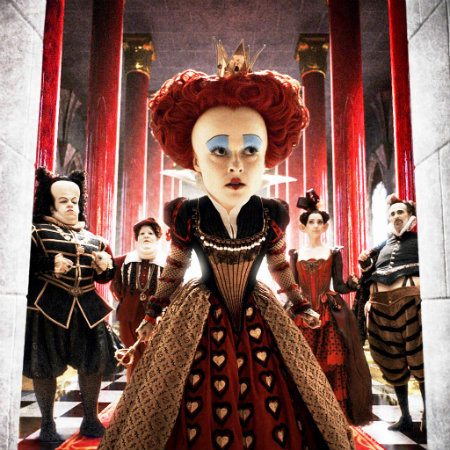Malevolent Maleficent
Lately, Disney seems to be reworking any and all of the animated canon that has made it into one of the biggest film studios in the world. Maleficent is the latest offering, and if you liked the original Sleeping Beauty (1959) at all, then I do not recommend watching it. For some reason, the House of Mouse has taken a classic, marked by distinctive animation and gorgeous music, and turned it into another mediocre flick with CGI that makes your eyes bleed. Admittedly, Angelina Jolie makes a star turn as the titular villain, but even that can’t rescue a film that leaves you wanting.
Leaving aside the numerous questionable cast choices and unnecessary name changes, which only serve to further confuse the links between the two films, the biggest issue is the story. Whilst I wasn’t expecting a shot-for-shot remake, the changes were so sweeping that it seems almost impossible to connect the two. Where was the final battle? Where was the Forest of Thorns? Some of the greatest animation ever, and they couldn’t find a way to fit it in to the new story!? And through this ‘humanisation’, Maleficent loses what made her great. What’s happened to ‘Mistress of all evil’? She’s been reduced to the saddest of stereotypes, a scorned woman.
That’s right, a film that is lauded for its feminist overtones has taken a villain who is one of the greatest ever produced in film history and reduced her to merely a heartbroken woman. Sure, it gives her a reason, but why did we need one? Why couldn’t she be evil for evil’s sake?
Before I start sounding like a sociopath, I should expand my line of reasoning. By giving her this unbelievably trite backstory, Hollywood is only confirming the idea that women are only motivated by love and emotion, making the cool exterior that Maleficent exudes seem unstable. She’s no longer the greatest fairy in the kingdom, she’s just the angriest. I won’t discuss the poor casting choices elsewhere (who thought Imelda Staunton would make a good fairy!?) and I could write endless words on how it hasn’t done justice to the original, such as the lacklustre score and ridiculous characterisation. But I won’t. Instead I would like to examine the other films that Disney has recently and inexplicably twisted into live-action affairs – Alice in Wonderland (2010) and Oz: the Great and Powerful (2013).
Thanks to Disney, we now have another classic villain who needed no motivation mangled into a stale stereotype, the embittered and jealous woman.
Both are mere shadows of the films they aim to emulate, and Alice is worthy of discussing in particular, if only for starting this trend of ‘moody’ remakes. Although Burton pours all his quirkiness into the film, anyone who thinks that it is trippier than the 1951 version (or for that matter, the book) needs to go and watch them again. You can stuff all the Johnny Depp and Helena Bonham Carter into a film yet it doesn’t make it automatically disturbing.
Whilst I’m mentioning Helena Bonham Carter, I’ve heard that she’s been cast as the new Fairy Godmother in the upcoming Cinderella film. You know, that really warm, grandmotherly character? Sounds perfect.
But let’s move onwards and upwards. I’ve rewatched both the other films in order to refresh my memory, and noticed something: all of the villains are motivated by love. In Alice in Wonderland, the Red Queen only tries to behead Alice when she fears that the Knave doesn’t love her, although admittedly the Red Queen isn’t motivated solely by love.
In Oz, the jealous woman trope has becom more apparent. Theodora is manipulated thanks to Oz’s betrayal, and it is jealousy that drives her to transform into the Wicked Witch. Thanks to Disney, we now have another classic villain who needed no motivation mangled into a stale stereotype, the embittered and jealous woman.
I’m the first to admit that many of the classic princess films don’t give the greatest lessons to girls. But they were the products of their time, which could also be said of these live action remakes, which are rife with a more subtle sexism. The lesson in these films seems to be that if a man breaks your heart, the only logical reaction for women is to go on a murderous rampage. This is the greatest problem plaguing these films.
In the new language of Hollywood, women and psychotic evil seem to only be joined by heartbreak, which is hardly something we need to be teach the next generation.



Comments